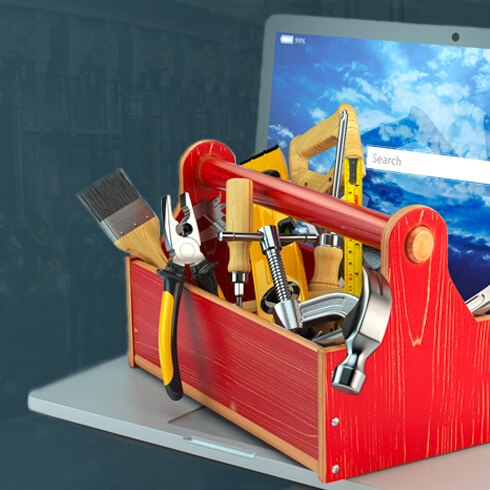A maintenance diagnostic will reveal how much facility maintenance is costing you.
Embarking on a journey towards enhanced facility maintenance begins with a thorough evaluation of current practices and performance. A comprehensive maintenance diagnostic not only compares your current activities to those of world-class performers but also illuminates the path to bridging the gaps, thereby potentially reducing your maintenance costs.
When we analyze underperforming manufacturing operations, we not only quantify the potential for performance improvement but also estimate the costs of rectifying poorly maintained equipment. These costs, which can be substantial across a wide network of facilities, underscore the significant savings that a comprehensive maintenance diagnostic can potentially bring.
Companies operating in capital-intensive industries with a heavy reliance on industrial equipment often face significant costs related to facility maintenance. This is especially true for businesses where raw materials make up a large percentage of direct costs. Industries that suffer from poor quality, excessive scrap, rework, downtime, or an inability to meet customer delivery needs are also at risk of incurring high maintenance costs. Additionally, maintenance leaders who have strong technical skills but lack leadership, employee development, and planning abilities can exacerbate the problem.
If you have noticed any warning signs that suggest your organization is struggling with industrial maintenance, it may be time to conduct a comprehensive maintenance diagnostic.
If you’re seeing some of the warning signs that industrial maintenance is becoming a problem, a comprehensive maintenance diagnostic could be in order.
10 Key Areas for a Maintenance Diagnostic:
- Safety
- 5S
- Maintenance Measures
- Facilities Maintenance
- Equipment Maintenance
- MRO (Maintenance, Repair and Overhaul)
- Information Management
- Work Order Management
- Maintenance Organization
- Culture
Total productive maintenance (TPM) and autonomous practices may also be assessed.
The purpose of the industrial maintenance diagnostic is to determine if a maintenance organization has the capabilities, leadership, and process discipline required to meet operational deliverables. Each area needs to be evaluated based on maturity, talent, tool usage, process ownership and performance.
3 Levels of Facility and Equipment Maintenance Maturity
- Early stage: Living in a reactive state with a higher frequency of equipment breakdowns and high maintenance costs
- Mid-level stage: Operating in a more proactive, preventive state with fewer breakdowns and more planned maintenance activities
- Excellence stage: Working ahead in a more advanced state with a high degree of sophistication with the ability to leverage data and analytics to prevent or even predict breakdowns
The diagnostic of a facility’s maintenance program starts with a review of current metrics. The performance metrics used will vary based on the organization’s level of maintenance maturity.
Common metrics include:
- Overall maintenance costs
- Percentage of corrective and preventive work
- Percentage of overtime
- Stockroom inventory turns
- Percentage of emergency work
- Overall Equipment Effectiveness (OEE)
- Uptime/downtime
- Mean time between failures
- Maintenance backlogs
- and so on.
We look at how sophisticated the metrics are, how frequently they are updated, and how they are used and communicated to team members.
The duration of the diagnostic will vary depending upon the scope, complexity and available data. The final analysis quantifies the negative impact of current performance levels. We then identify improvement opportunities, the potential cost savings and performance gains (in quality, productivity, asset utilization, etc.). A go-forward plan will detail next steps and estimate the remediation time, external resource requirements and any other expenses. The first step in turning around a struggling maintenance team is understanding the current state and improvement potential. A comprehensive diagnostic will detail current opportunities for improvement and the bottom-line benefits of investing in a more effective equipment and facility maintenance department.





